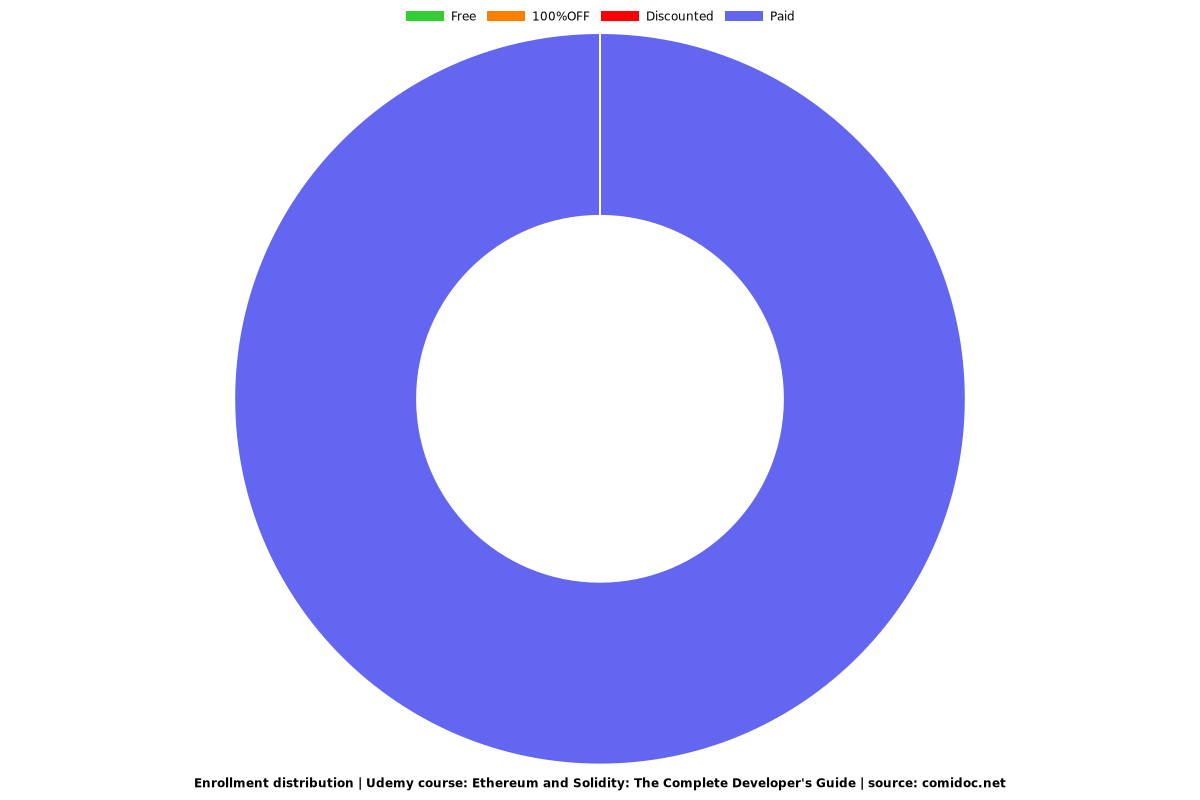Ethereum and Solidity: The Complete Developer's Guide
Use Ethereum, Solidity, and Smart Contracts to build production-ready apps based on the blockchain

What you will learn
Understand the why engineers would want to create an app with Ethereum
Build compelling blockchain applications using the Ethereum Blockchain
Design, test, and deploy secure Smart Contracts
Learn the true purpose and capabilities of Ethereum and Solidity
Use the latest version of Ethereum development tools (Web3 v1.0)
See practical examples to comprehend what the blockchain and mining are
Why take this course?
Smart Contracts? They're here. The Ethereum Blockchain? Covered. Solidity? Yep!
There can be no understating it: Ethereum and Blockchain technology is the most disruptive force in years. Companies cannot hire developers who understand blockchain technologies fast enough, but there are a tiny number of resources published to help you truly understand what blockchains are used for, let alone build apps with them. That's the purpose of this course: to be the best resource online for learning about Ethereum, blockchains, and how to build apps with this new technology.
The development community is still figuring out the best way to use Ethereum in the creation of new and exciting apps. I spent a tremendous amount of time to research and create best practice for interfacing with Ethereum from Javascript. I can't overstate it enough; this course will show you the best and most easily repeatable patterns for creating production-ready apps with Ethereum.
What tools and libraries are used?
The Ethereum tech ecosystem is in constant change. Don't be fooled by other courses that mention how you'll learn a dozen different libraries! Every library that you'll use with Ethereum breaks and is deprecated on a near-weekly basis! Instead, this course will teach you how to assemble your own boilerplate package to develop, compile, and test Smart Contracts. By learning the core technologies, you'll be prepared to adjust to Ethereum no matter how the ecosystem changes.
What is Ethereum?
Ethereum is a cryptocurrency much like Bitcoin, and it has been heralded as Bitcoins successor. Whereas Bitcoin currently has issues scaling with an increasing backlog of transactions, Ethereum is poised to surpass Bitcoin in performance, popularity, and value. Ethereum was created to help developers like you create applications focused around transferring money or value from one party to another.
What is Solidity?
Solidity is a programming language for writing Smart Contracts. Essentially, think of it as a way to control a bank account with code. With Solidity, we can write applications that simulate a crowd funding campaign, a lottery, a loan, or any other type of financial instrument. Don't be intimidated by learning 'another' programming language; Solidity is known to be quite similar to Javascript and exceptionally easy to pick up for anyone who has previous JS experience. This course will give you all the tools you need to master Solidity.
Content
What is Ethereum?
Smart Contracts with Solidity
Advanced Smart Contracts
Building Interactive Front-Ends
Real Projects with Ethereum
Ethereum Project Infrastructure
Advanced Multi-Page Front-Ends
Appendix: Basic React
Extras
Screenshots


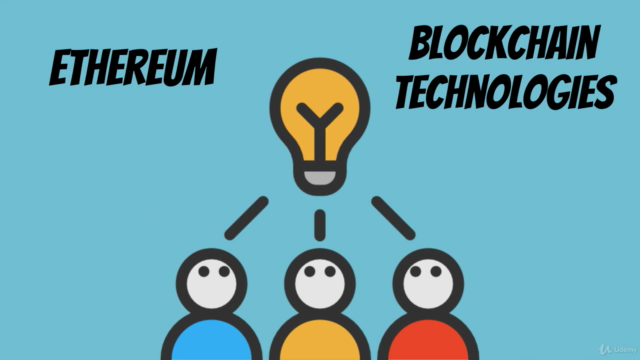
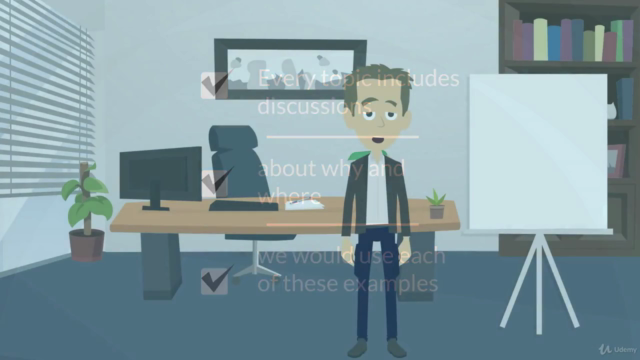
Our review
Coupons
| Submit by | Date | Coupon Code | Discount | Emitted/Used | Status |
|---|---|---|---|---|---|
| - | 10/23/2021 | 093332E15DC98F9816A0 | 78% OFF | expired | |
| - | 3/31/2022 | 963DD0AB2FBE-DISCORD | 78% OFF | expired | |
| - | 11/23/2022 | 501FB9099-BONUS | 79% OFF | expired |
Charts
Price
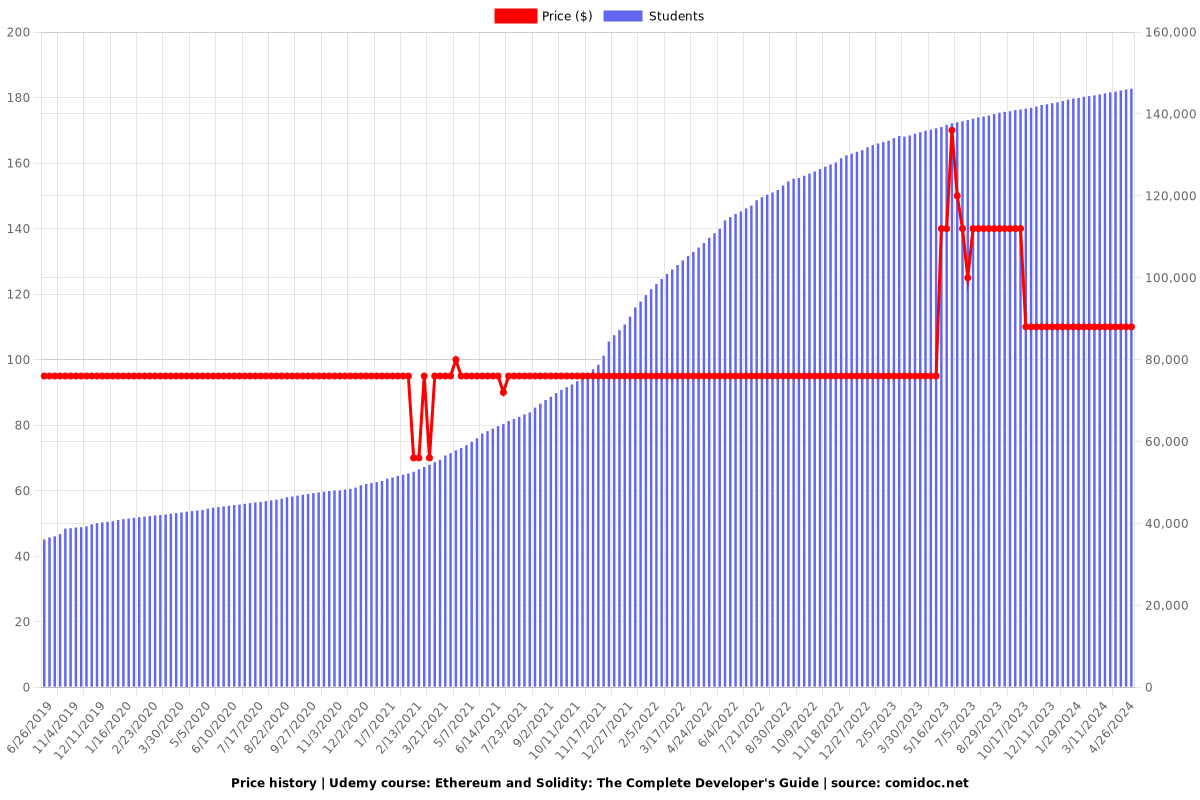
Rating
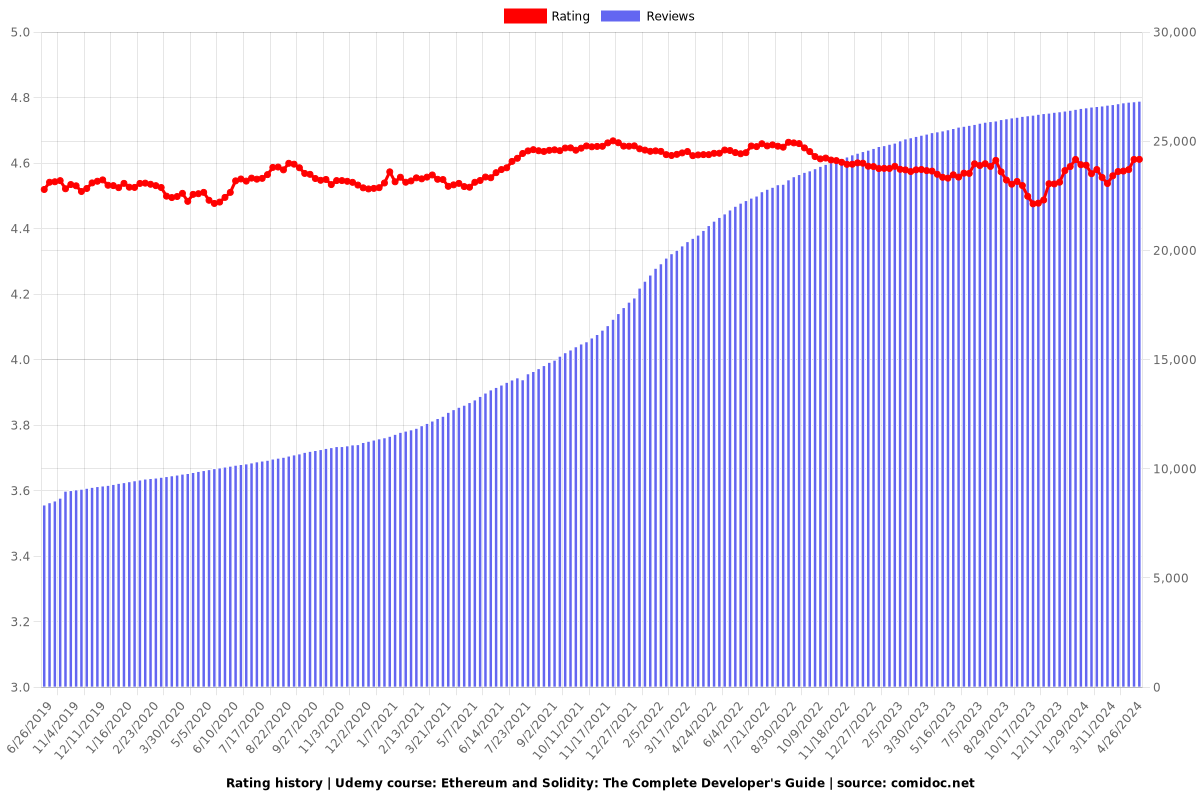
Enrollment distribution
